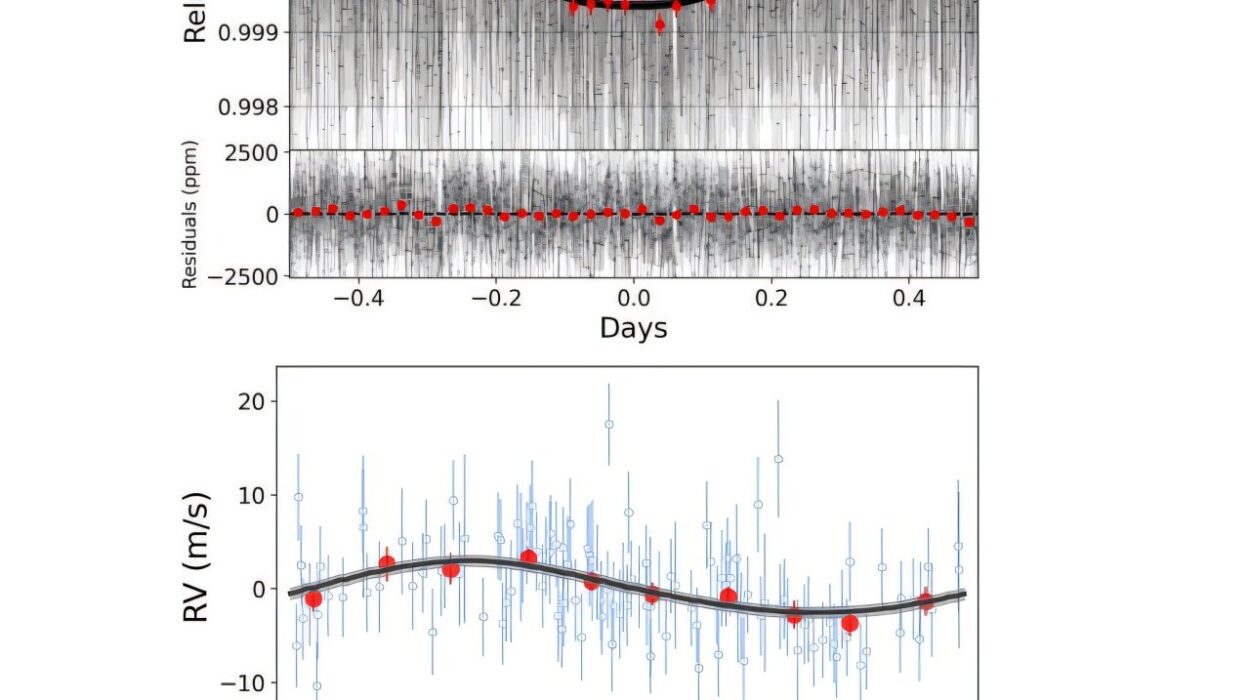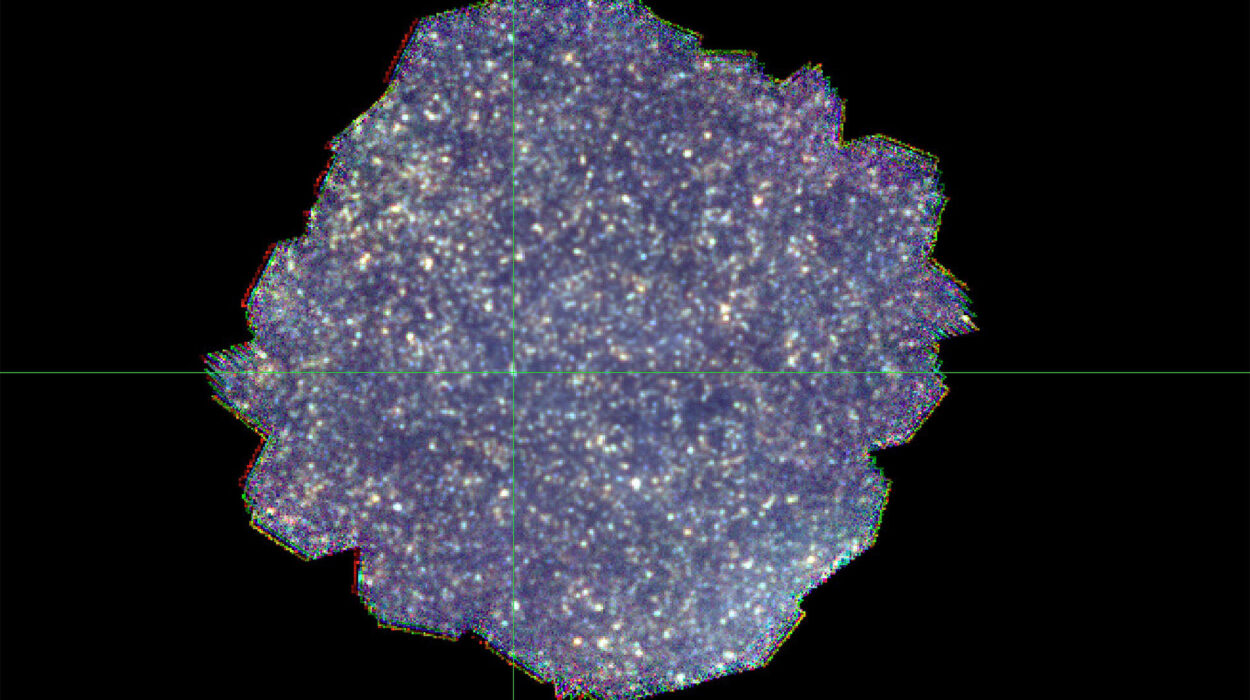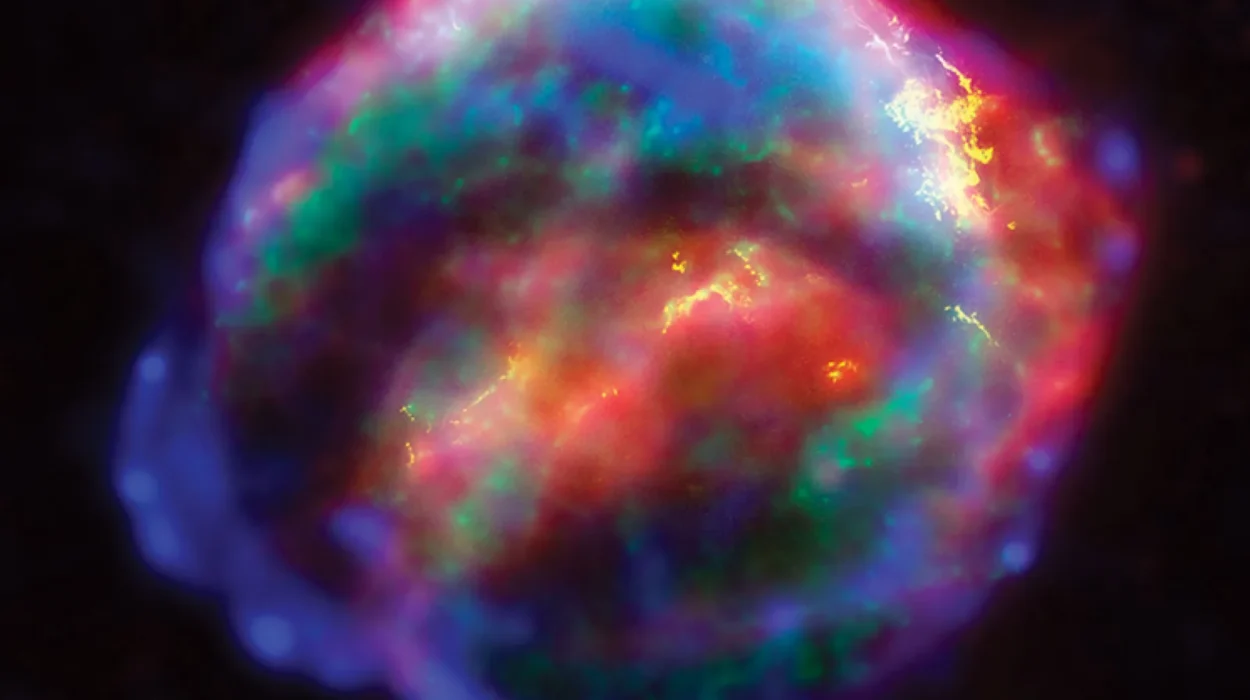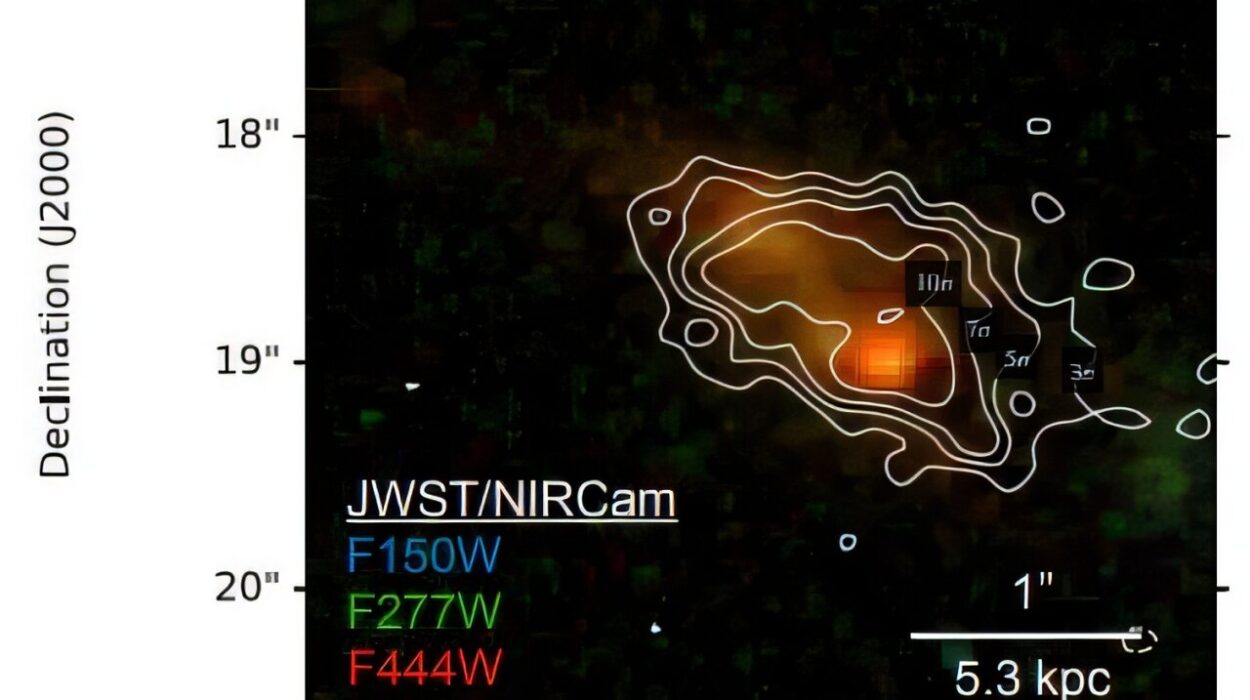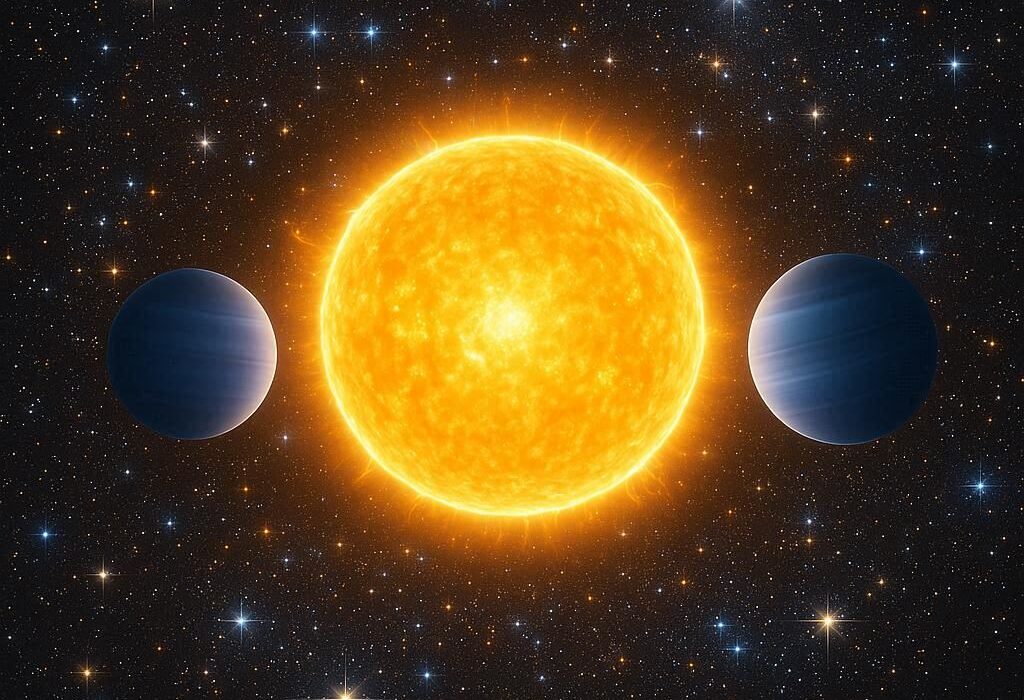For decades, physicists have been told that it is meaningless—even unscientific—to ask what happened before the Big Bang. The reason is simple: when we try to trace our universe back to its very beginning, the laws of physics collapse. Equations that normally describe the cosmos with elegance and precision instead deliver infinities, signaling that something fundamental has broken down.
At the supposed moment of the Big Bang, our universe is thought to have emerged from a singularity: a state of unimaginable density and temperature, where time and space themselves lose meaning. In such a place, Einstein’s equations of general relativity—the backbone of modern cosmology—fail to give answers.
But what if there is a way forward? A team of researchers—cosmologist Eugene Lim (King’s College London), astrophysicist Katy Clough (Queen Mary University of London), and Josu Aurrekoetxea (University of Oxford)—believes we are on the cusp of a breakthrough. In a recent paper published in Living Reviews in Relativity, they argue that a powerful technique known as numerical relativity could open new doors to the most mysterious chapters of cosmic history, including what, if anything, came before the Big Bang.
The Limitations of Einstein’s Beautiful Equations
Einstein’s theory of general relativity, published in 1915, remains one of the most profound scientific achievements in history. It describes gravity not as a force pulling objects together, but as the curvature of spacetime caused by mass and energy. Using this framework, scientists have explained the motions of planets, the behavior of black holes, and even the expansion of the universe itself.
Yet, as powerful as these equations are, they come with a catch. To solve them, cosmologists often rely on assumptions—namely, that the universe is homogeneous (the same everywhere) and isotropic (the same in every direction). These are excellent approximations for the universe we see on large scales today, but were they true during the violent, chaotic birth of the cosmos?
If those assumptions fail, the neat solutions unravel. Instead of an elegant description, physicists are left staring at impossible infinities. It is like trying to explore a dark forest while only looking beneath the glow of a single lamppost. “You can search around the lamppost, but you can’t go far beyond, where it’s dark—you just can’t solve those equations,” says Lim.
Beyond the Lamppost: Enter Numerical Relativity
Numerical relativity is the attempt to leave the lamppost behind. Instead of demanding perfect, pen-and-paper solutions, scientists use powerful supercomputers to approximate solutions step by step. This approach was first proposed in the 1960s and 70s to study black hole collisions. The mathematics of such extreme events was impossible to handle analytically, but numerical simulations offered a way forward.
The technique reached maturity in the early 2000s, when researchers successfully simulated black hole mergers. These predictions played a key role in preparing for the LIGO experiment, which in 2015 detected gravitational waves for the very first time—ripples in spacetime itself. That discovery confirmed both Einstein’s predictions and the power of numerical relativity.
Now, Lim and his colleagues are arguing that the same method could be applied to cosmology’s biggest mysteries. Could numerical relativity reveal whether inflation really happened, whether cosmic strings scarred the universe, whether we inhabit just one universe in a vast multiverse—or whether the cosmos itself is caught in an endless cycle of births and deaths?
The Puzzle of Cosmic Inflation
One of the most compelling puzzles concerns inflation, a brief but astonishingly rapid expansion of the universe thought to have occurred fractions of a second after the Big Bang. Inflation neatly explains why the universe looks so uniform today across billions of light-years. It stretches a tiny, irregular patch into the vast cosmos we now see, smoothing out its bumps and differences.
But inflation raises as many questions as it answers. What triggered it? Why did it happen at all? And perhaps most puzzling of all, how do we study the earliest universe without simply assuming the very symmetry that inflation was invented to explain?
This is where numerical relativity may shine. By abandoning the strict assumption of homogeneity and isotropy, researchers can simulate wildly different initial conditions—chaotic, lopsided, or turbulent universes—and watch how they evolve. From this, they may begin to see whether inflation naturally emerges, or whether something entirely different shaped our cosmic origins.
Cosmic Strings and Colliding Universes
Inflation is only the beginning. The same methods might allow physicists to explore some of the most daring ideas in modern cosmology.
One involves cosmic strings—thin, one-dimensional defects in spacetime that may have formed in the early universe. If they exist, they could generate unique gravitational wave signatures detectable by future observatories. Numerical relativity could help predict what those signals would look like, giving us a cosmic treasure map to hunt them down.
Another possibility is even more audacious: the idea that our universe may have collided with another. If a neighboring universe brushed against ours, it could have left subtle “bruises” on the cosmic microwave background—the faint afterglow of the Big Bang. Numerical relativity might allow us to predict such signatures and finally test the tantalizing idea of a multiverse.
Before the Big Bang: Bouncing Universes
Perhaps the most emotionally charged question is the oldest one: was the Big Bang truly the beginning? Or could our universe have emerged from the collapse of a previous one?
This concept, sometimes called a bouncing universe, imagines a cosmos that cycles endlessly through big bangs and big crunches—death and rebirth written into the fabric of existence. Traditionally, this idea was nearly impossible to explore mathematically because the singularities at each “crunch” made Einstein’s equations collapse.
But numerical relativity offers a way around the impasse. By simulating how spacetime behaves under extreme conditions, researchers can test whether a collapsing universe could indeed rebound into a new one. As Lim puts it, “Bouncing universes are an excellent example, because they reach strong gravity where you can’t rely on your symmetries. Several groups are already working on them—it used to be that nobody was.”
A Future Written in Code
The challenge, of course, is complexity. Numerical relativity requires immense computational power, with simulations so elaborate they can only be run on supercomputers. But as computing technology continues to advance, the possibilities grow. The paper by Lim, Clough, and Aurrekoetxea is as much a roadmap as it is a scientific proposal. They hope to build a bridge between cosmologists and numerical relativists, sparking collaborations that could reshape our understanding of the universe.
For the first time in history, we may be able to probe what lies beyond the lamppost—to test scenarios once thought forever inaccessible. Whether it is uncovering the true nature of inflation, revealing the scars of cosmic strings, or daring to peer into the time before the Big Bang, numerical relativity offers a new language with which to question the cosmos.
The Endless Human Quest
Einstein’s equations have taken us farther than perhaps any other set of ideas in science. They have revealed black holes, predicted gravitational waves, and shown us that space and time themselves are dynamic. Yet even Einstein’s genius reached its limits at the singularity of the Big Bang.
Now, with numerical relativity, scientists are beginning to pick up where he left off. It is a testament to both human imagination and persistence: when one method fails, we invent another. When the universe hides its secrets, we build new tools to uncover them.
Perhaps, one day soon, we will look back and realize that the forbidden question—what happened before the Big Bang—was not meaningless after all. It was simply waiting for the right language, the right mathematics, and the right imagination to be asked.
More information: Josu C. Aurrekoetxea et al, Cosmology using numerical relativity, Living Reviews in Relativity (2025). DOI: 10.1007/s41114-025-00058-z

